Created: 2023-11-22 21:22
Autosnelweg in Dutch.
The freeway (or motorway) is the fasted road in The Netherlands.
Also called A-roads (A-wegen). The following signs indicate start/end (G1, G2.)
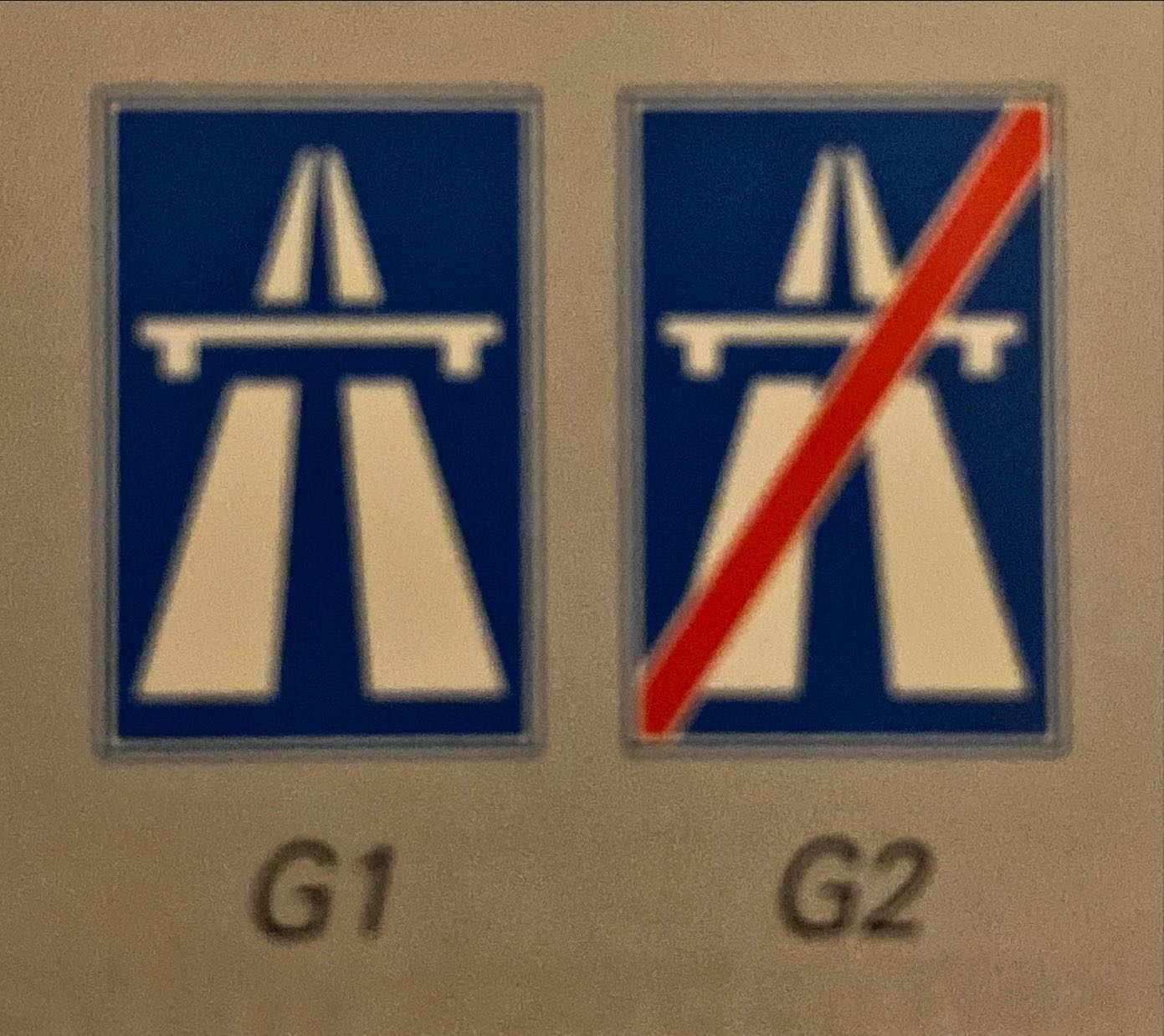
You can only drive on the freeway with a vehicle that can go at least 60km per hour.
Features
- Always has separate lanes.
- Often has multiple lanes on each side.
- Always has grade-separated intersections.
- The maximum speed is 100km per hour during the day, and 130km per hour during the night, unless otherwise indicated by signs.
- The entry and exit lanes are usually long and can merge into each other (weaving section.)
- There’s an emergency lane that can serve as an additional lane (rush-hour lane) during peak hours.
Placement on the road
Drive as much to the right as possible. Since there are often several lanes on each direction, you go on the rightmost lane possible.
Only use the left lane when:
- Overtaking
- Pre-sort to the left, eg. when the freeway splits.
- When there’s a traffic jam and all the traffic is driving next to each other.
With 3 lanes or more, the leftmost lane is reserved for fast traffic to allow best possible flow. Vehicles longer than 7 meters (including trailers) are not allowed in this lane.
Speed limit
For safety and optimal traffic flow, it is important to adjust the speed to that of the rest of the traffic. As long as you stay within the speed limits.
- From 6am to 7pm (19.00) the maximum speed is 100km
- From 7pm (19.00) to 6am the maximum speed is 130km, unless indicated otherwise.
Traffic signs indicate when these speed limits and also the exceptions.
See Outside built-up areas for speed limits on vehicles with trailers, trucks, campers, T100 busses, etc.
Hectometer posts
There is a sign every hundred meters (thus the name hectometer) along the freeway. Reads:
- Which freeway you are on.
- Where exactly you are on the road.
- Whatever you are driving on the right or left side of the road.
- Which speed limit applies (only once per kilometer).
Merging onto the freeway
Many freeways have a long junction that turns into a hard shoulder at the end.
Tips for inserting from a long merge lane
- Keep sufficient speed and in the meantime scan the situation on the merge lane and the main road. Look in front, in your interior mirror and the left exterior mirror.
- Give the way to drivers on the main road.
- Merge at approximately two-thirds of the merge lane.
- Take into account hasty merging people behind you and check our interior mirror, left exterior mirror, and blind spot before merging.
- Sometimes traffic on the main road makes way for merging drivers. However this is not mandatory.
- If yo are driving on the merge lane and there’s slower-moving traffic to your left, for example a truck, you may overtake to the right of the block markings. 😱
- Drive from the merge lane to the adjacent lane on the main road in one movement.
- After merging, if there’s too little distance between you and the driver in front of you then adjust your speed so that you can comply with the 2-second rule (2 second rule)
If you are unable to merge on time then continue on the adjacent hard shoulder and merge as soon as possible. Make sure there are no stationary vehicles on the hard shoulder.
Paying attention to blind spots is important!
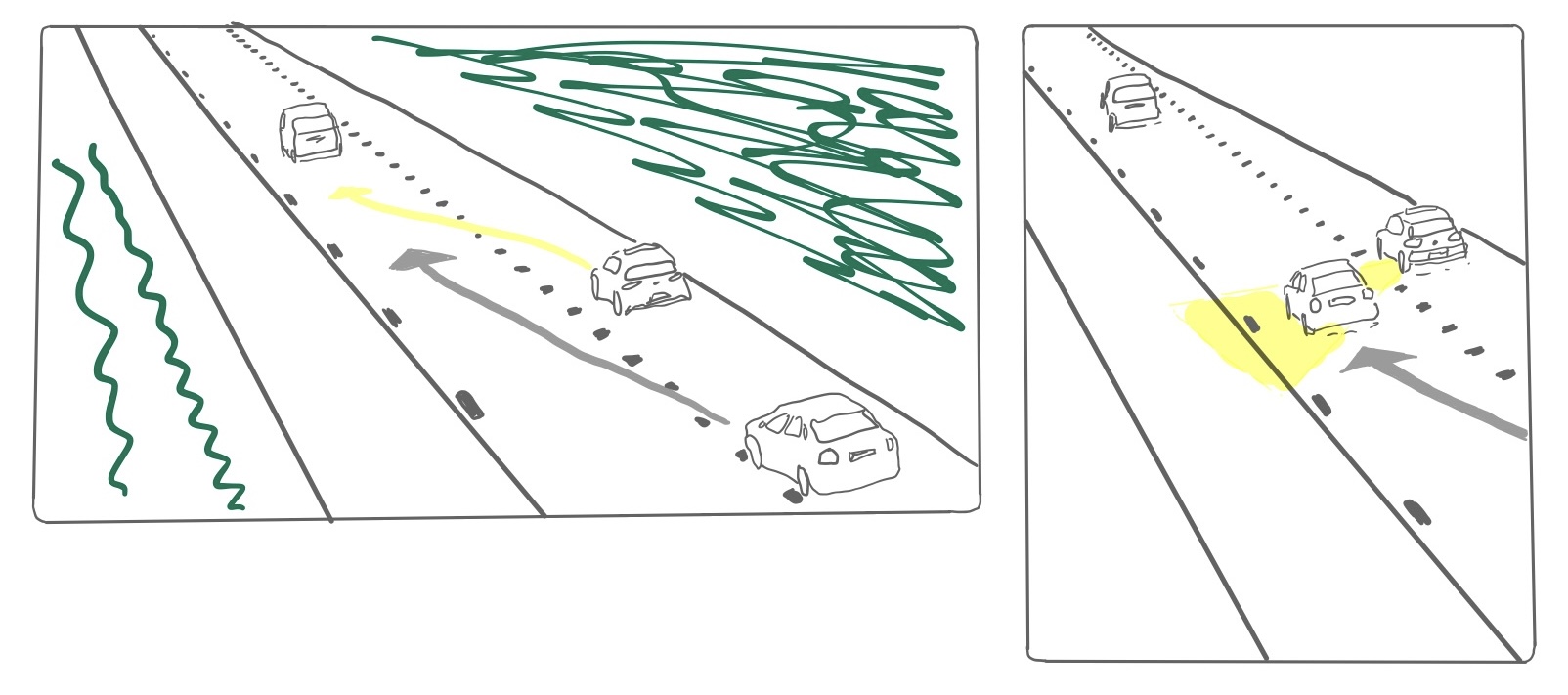
Short merge lane
Some freeways have short merge lanes. When shorter than 200m there’s a warning sign.
“korte invoegstrook” 👀 (or korte invoeg-strook, sometimes the second word is split into two lines)
Tapered junction / tapering merge
Sometimes you do not have to merge before entering the main lane, but you can simply continue driving in the same lane.
A tapered junction is an access road that turns into a lane as part of the main road. Doesn’t require indicating with turning lights since you stay on the same lane.
Starting from a full stop
If you stoped for an emergency on the hard should, you have to speed up as much as possible on the hard shoulder, check if you can merge, signal to the left, and drive back to the main road in a smooth movement.
Emergency lane on the right
The hard shoulder to the right of the main road is intended for priority vehicles and other emergency services. This way they can be on site quickly in the event of an emergency. You may only use the hard shoulder in the event of a backdown, accident, or illness.
Before you drive onto the hard shoulder, first check whether it’s clear. Indicated to the right and only reduce speed when you are already driving on the hard shoulder. Park you car as much to the right side of the emergency lane as possible. Turn on your hazard lights or place a warning triangle. Stay behind the guardrail yourself.
Emergency lane on the left
A freeway with a main carriageway of three lanes or more also has a hard shoulder on the left. If you drive more to the left than to the right on the road, it is safe to move to the left emergency lane. The same rules apply to the use of the emergency lane on the left as for the emergency lane on the right.
End of emergency lane
Sign 81d warns of the ending of the emergency lane (e.g bridges or viaducts).
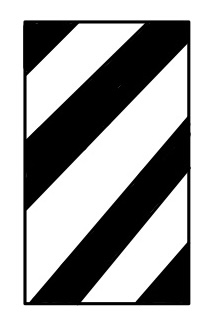
Rush-hour lane
Dutch: Spitsstrook
On busy freeways, the hard shoulder is sometimes used as an extra lane. Whether and when you may use a hard shoulder as a rush-hour lane is indicated by (matrix) signs and/or lane lights. A green arrow above the rush-hour lane means that it’s open to traffic.
When the rush-hour lane is enabled, the speed limit is adjusted down to 80km since there’s no emergency lane to divert to.
Plus lane
Dutch: plusstrook
Sometimes an extra lane is provided on the left side of the freeway. The plus lane is narrower than a normal lane and can ensure better traffic flow during busy rush hours.
The speed limit at this lane is often lower than the normal lanes and is only open to vehicles with a limited width.
End of rush-hour lane
Sign C23-02 indicates that you must clear the rush-hour lane and merge on the main road.
Sign C23-03 indicates that the rush hour lane is closed from here and may only be used as an emergency lane.
A red cross above a rush-hour lane or a plus lane indicates that it’s closed.
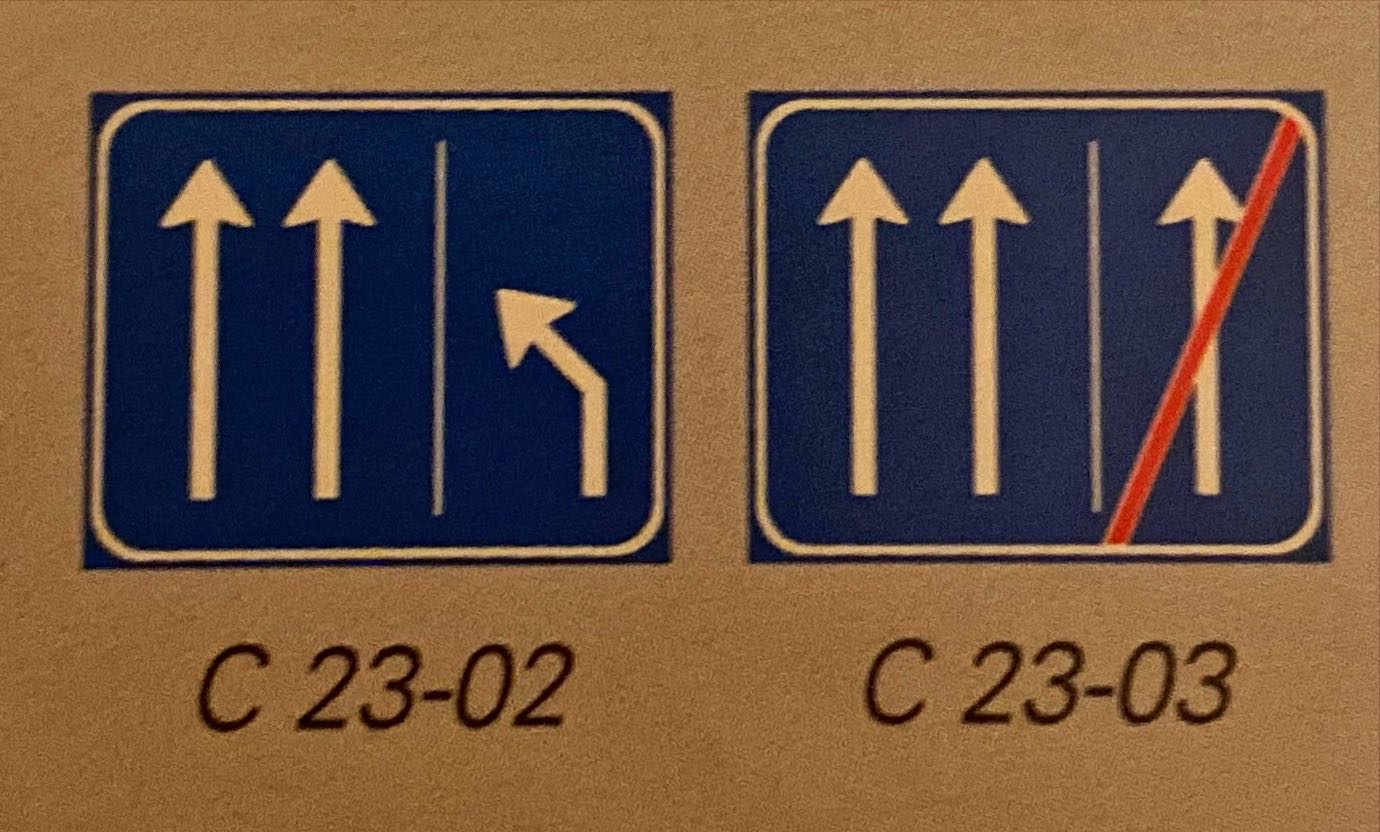
Ghost traffic jam 👻
Traffic jams can arise because the road is busy, roads converge or because an accident has occurred.
Sometimes a traffic jam has no clear reason. This ‘ghost traffic jam’ is mainly caused by drivers driving at varying/irregular speeds, such as breaking and accelerating repeatedly, interrupting the normal flow of traffic. Which creates a chain reaction that results in a traffic jam.
Driving at a constant speed, breaking gently, and accelerating gradually can prevent ghost traffic jams.
Fixed diversion roads (U-signs)
Dutch: U-borden. Page 83
If an express way is closed, for example due to an accident, this quickly leads to traffic jams. In that case, there are alternative routes via regional roads.
These alternative routes are indicated by U-signs. Follow the U-signs with the number that applies to you and you will be guided towards the destination via a route on regional roads.
U-signs indicate the start of a diversion as well as the ending (3 white strips crossing it.)
Emergency crossing (CADO)
A mechanical construction that allows part of the guardrail on the center to be removed. This creates a passage between the separated carriageways.
The main purpose of the CADO is to allow emergency vehicle sto pass through. This way they can get to the destination faster, without having to drive all the way down the highway.
Can also be used to divert traffic during road works.
Freeway signs
Signage in the freeway is abundant. Signs both along and above the way warn you of approaching junctions and exits. This way you can decide in time which direction to follow and sort into the correct lane.
Boards show at 1200m, 600m (trailhead?), and a decision sign at the beginning of the exit. There are also service signs, called tracking signs as well, placed 900m from the exit.
Weaving
Sometimes joining and leaving the freeway takes place in the same lane. Such combined entry and exit lane is called weaving lane, since the moving of cards merging in and out resembles weaving.
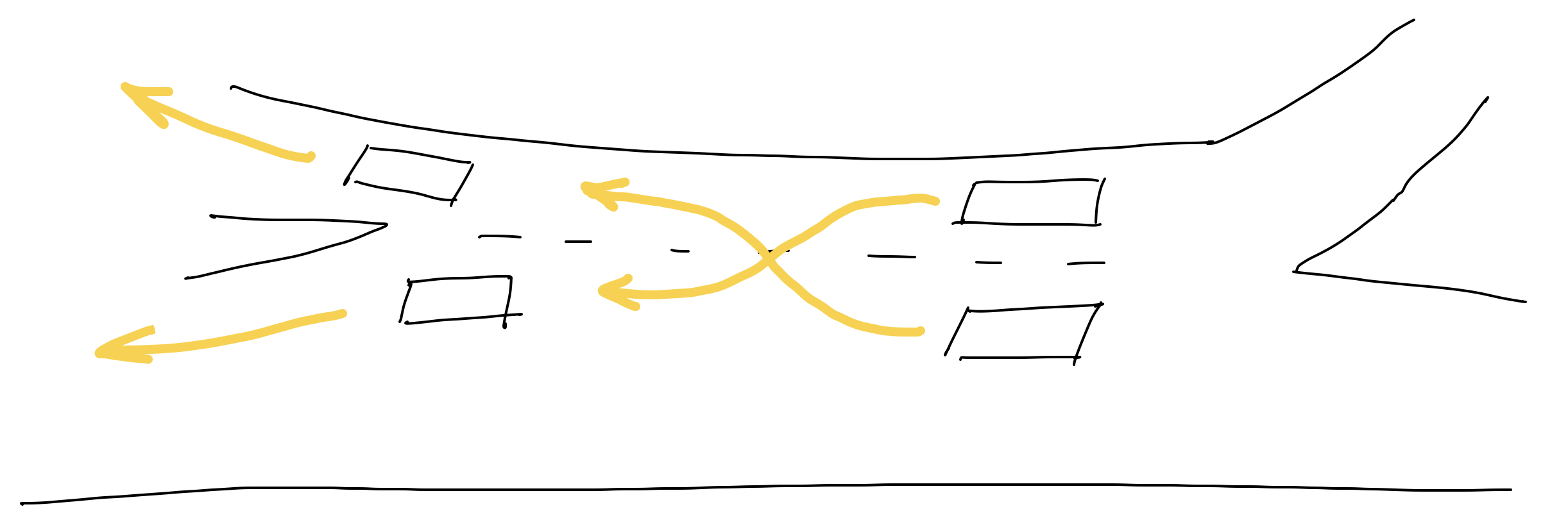
Changing lanes, whether you are merging in or out, is a Special maneuver. Normally you give priority to other traffic. Now this is complicated since two special maneuvers are mixing together.
Incoming drivers give priority to outgoing ones: since merging drivers usually drive slower and have more space, the safest solution is to yield to exiting drivers.
Tips for safe weaving
- As with any special maneuvers, look carefully at the traffic around you before, during and after the maneuver.
- Behave predictably. For example, signal your direction in time.
- Only change lanes when you can do without hindering or endangering others.
- Be considerate of others. Is a driver in danger of not being able to merge? Then give him space to get into the right lane.
Zippers
When two lanes merge into one, drivers from the ending lane must merge with traffic on the remaining lane. The safest way to do this is to have drivers alternately merge into the lane that ends in the adjacent lane. This is called zipping. It is an example of Social driving behavior.
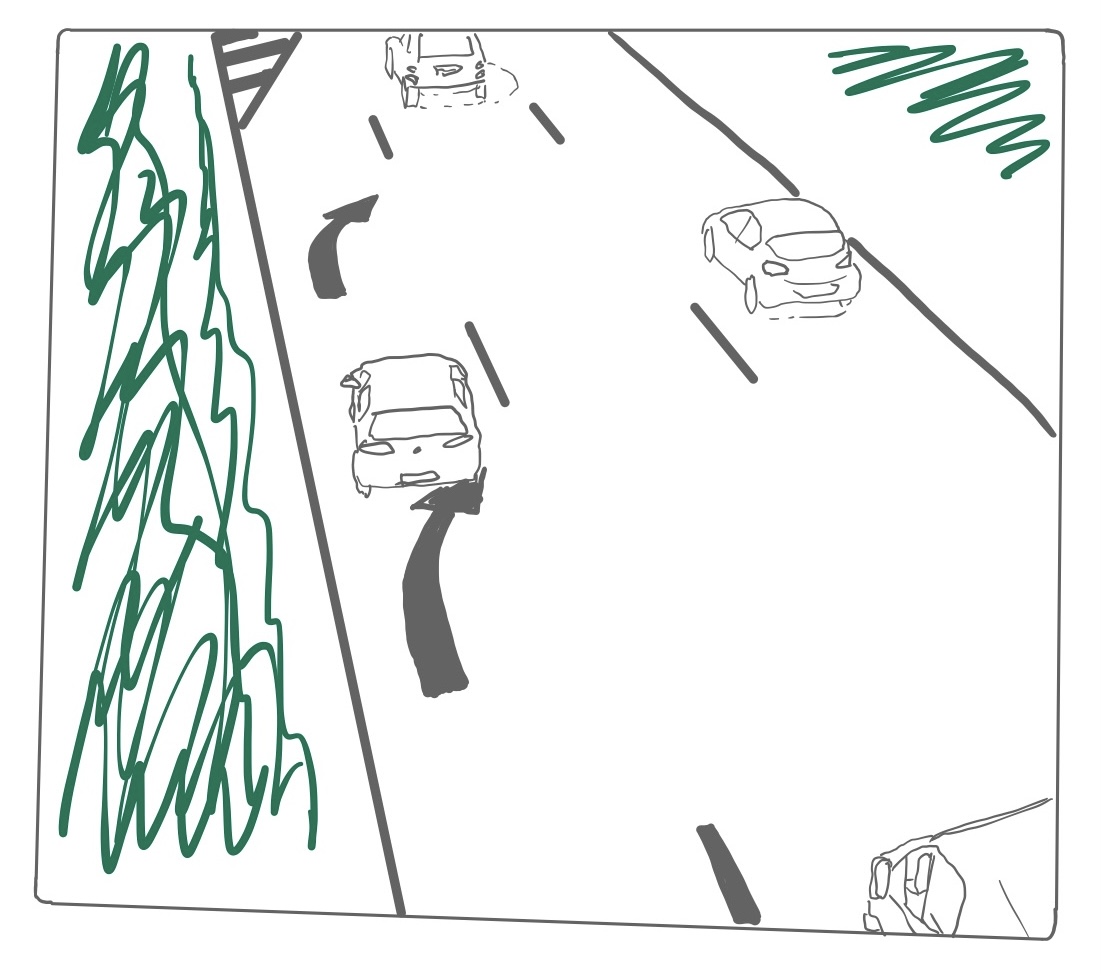
Tips
- Look carefully at the traffic around you. Does the driver next to you in the other lane plane to adhere to the principle of zipping?
- Allow the driver whose turn is to merge safely.
- Behave predictably, adjust your speed to the speed of the drivers in the lane next to you.
- Do not wait to the end of the lane to merge.
Leaving the freeway
Exit lanes are located on the right of the road. They are announced 1200, 600, and 300m from the exit.
10 tips for exiting the freeway
- Do you want to exit? Then start driving on the right lane in time.
- Turn your right turn signal 300m before the start of the exit lane, indicated by the 3rd sign.
- Pay attention to the drivers coming up from behind in your interior mirror and right exterior mirror.
- Just before you drive onto the exit lane, check again in your interior mirror, right exterior mirror and right shoulder to make sure the way is clear.
- Yield to traffic that is already in the exit lane.
- Then, into a smooth motion, steer to the right onto the exit lane.
- Start slowing down only once you’re on the exit lane!
- Once you”re on the exit lane, you should’t switch back to the main carriageway. ⚠️
- Where the exit lane separates from the through lane, you’ll find the ‘UIT’ (out or exit) sign. You can turn off your turn signal here.
- If the exit lane ends in a sharp curve, a white sign with a red curve arrow will warn you about this.
Wrong-way drivers warning: to prevent drivers from entering an exit ramp from the wrong direction, at the end of every exit ramp, facing the opposite direction, there’s a C2 sign that reads ‘go back’ (ga terug) underneath. Similarly, sign C16 warns pedestrians that the exit lane is closed to them.
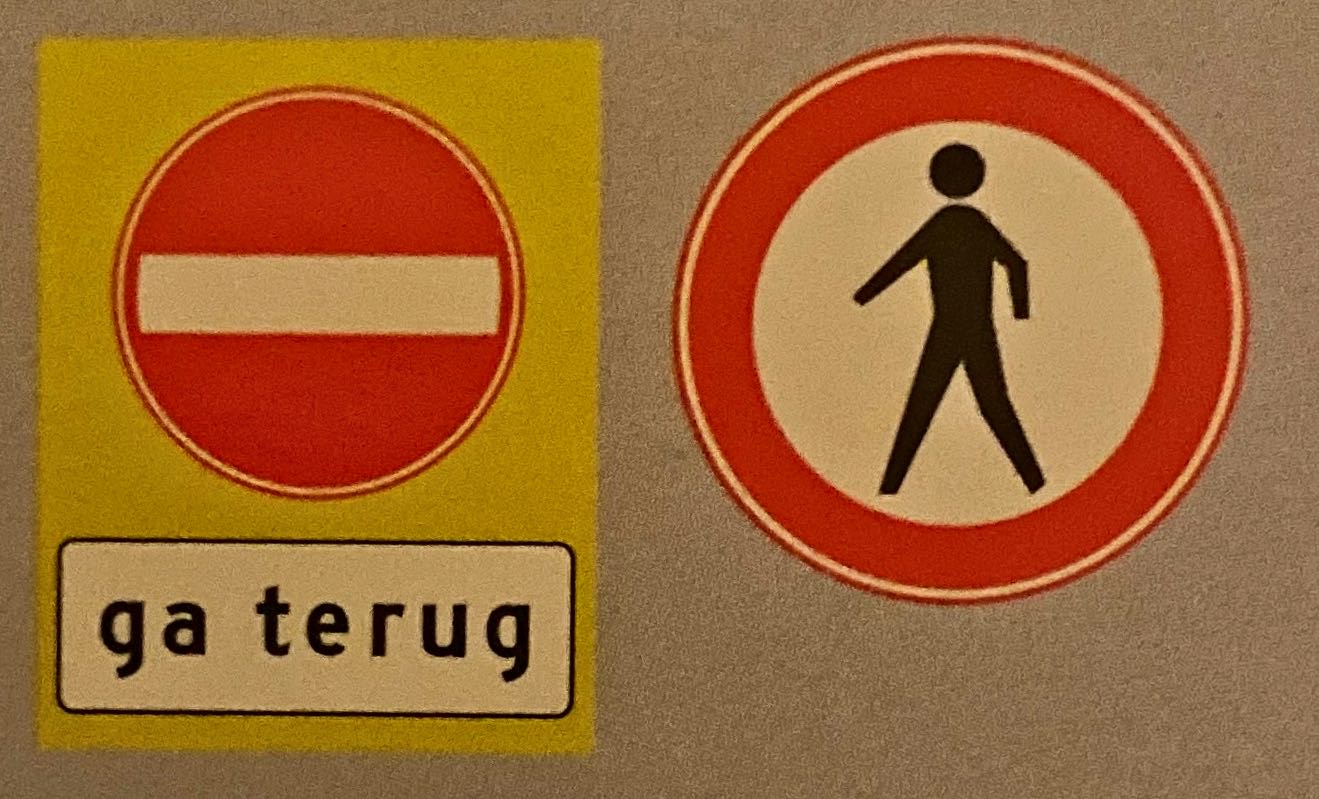
Prohibited
- Standing still, turning or revering on the carriageway.
- Using the emergency lay-bys or the hard shoulder outside of emergencies (unless the matrix signs indicates that the hard shoulder is being used as a rush-hour lane.)
- Driving or stopping on the verge outside of emergencies.